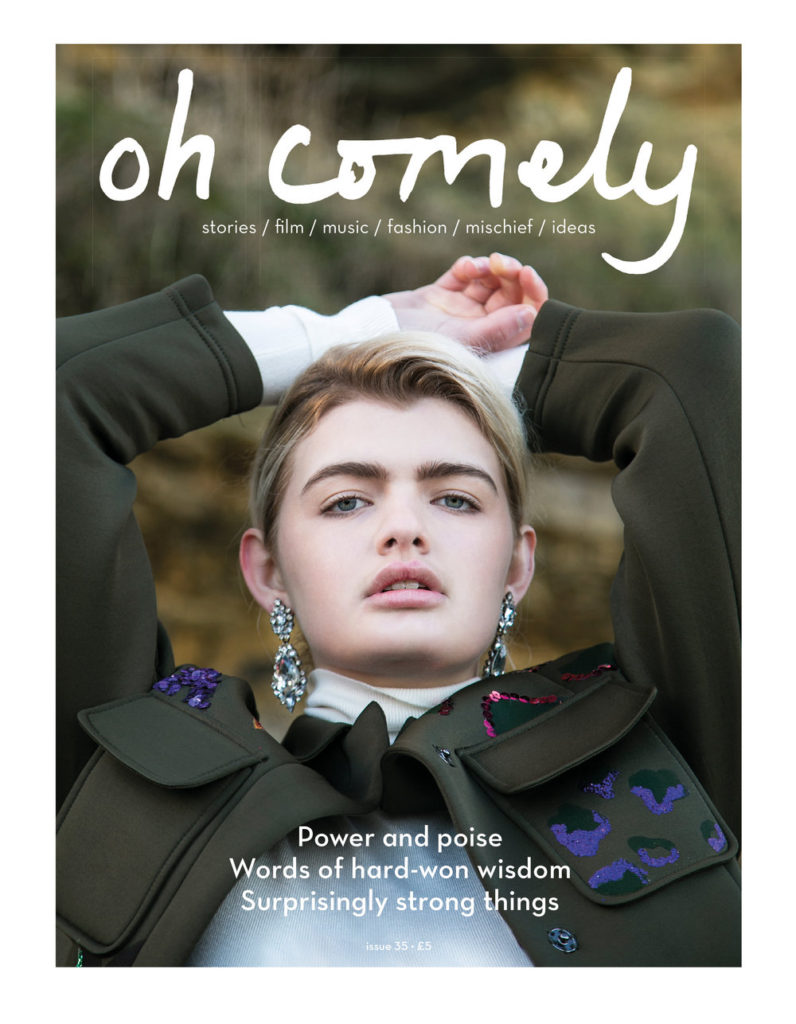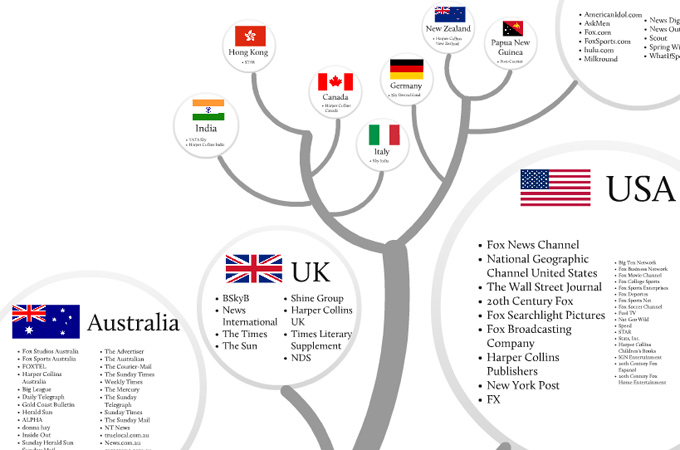Oh ~ previously Oh Comely
Focuses on environment and lifestyle rather than celeb gossip.
Its representation of femininity reflects an aspect of the feminist movement which celebrates authenticity and empowerment

INSTITUTION
OH Comely was first published in 2010 and sold, after being sold it became more like normal women magazines.
Reach of 100,000 people.
In contrast to Men’s Health magazine, Oh Comely is an independent magazine published by Iceberg Press, a small London publisher which publishes only one other title. It is a bi-monthly British magazine published by Pirates Ahoy! (a conglomerate of Iceberg.
- So this is a case study of Iceberg as an independent media company.
- Presenting new strategies for institutional development and creative working practice. As well as suggesting ways for keeping print popular and relevant – Iceberg’s branding includes a commitment to print over other media forms.

REPRESENTATIONS
The magazine is to do with gender, primarily femininity but can also be understood in how this affects the representation of men. As such, a comparison with Men’s Health is really pertinent. As:Oh Comely constructs a representation of femininity with its focus on creativity and quirkiness.
The focus is on women as artists, entrepreneurs, athletes and musicians and female empowerment is a major theme.
The absence of men as part of the representation of masculinity in Oh Comely magazine.
Representation of social groups: Oh Comely constructs a lifestyle through its focus on culture and the environment. This analysis would offer the opportunity to question some of the messages and values constructed by the magazine.
Theories of representation including Hall
Feminist theories including bell hooks and Van Zoonen
Theories of gender performativity including Butler













